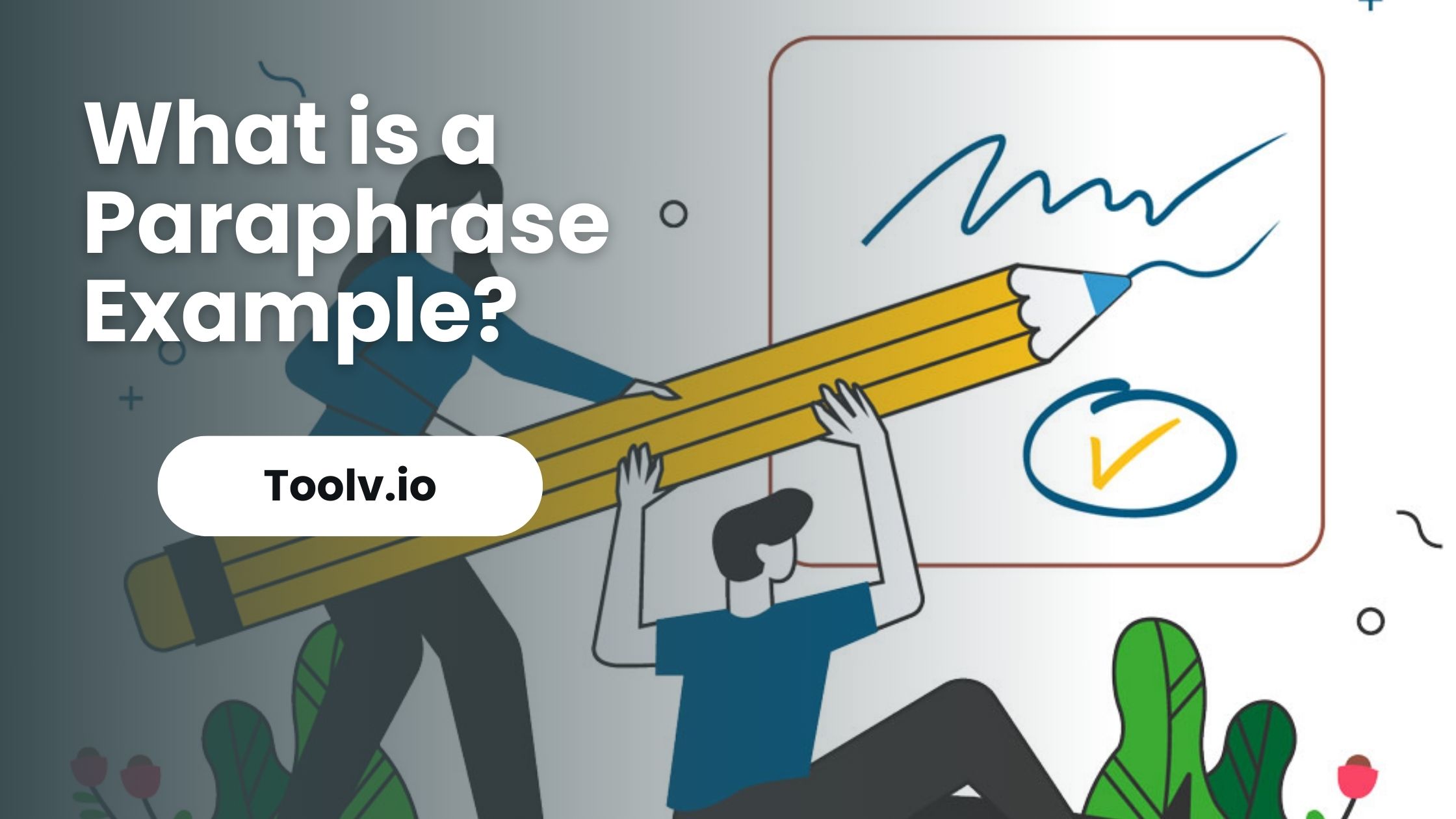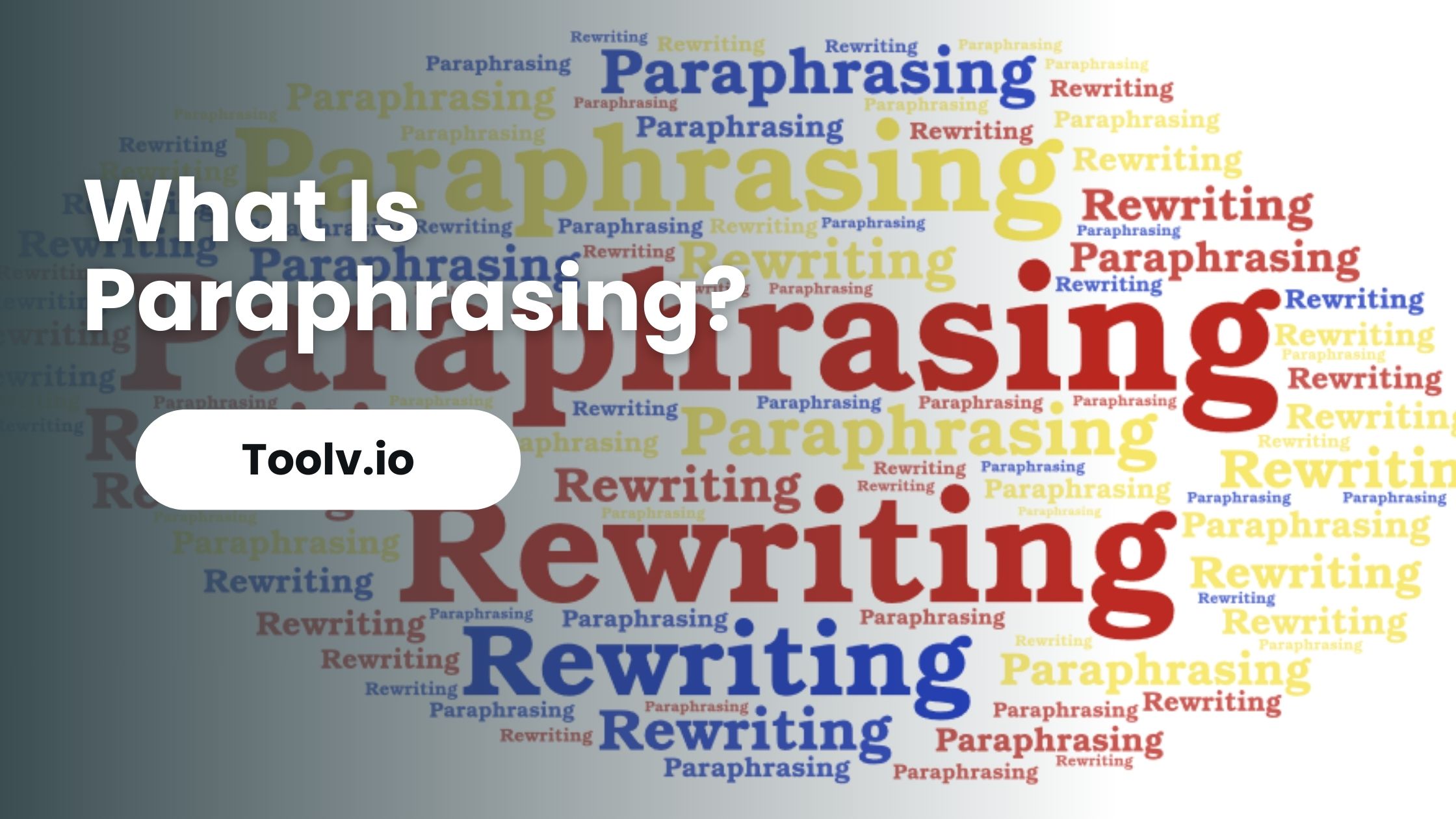Analyze Vs Summarize

Analyzing and summarizing are two different ways of dealing with information. When you analyze, you break down the details to understand them better. Summarizing, on the other hand, is about making a long story short, keeping only the main points.
Both are important, but they serve different purposes.
In this article, we will discuss how analyzing and summarizing are used in different situations. We’ll see why each one is important and how they can help in understanding and communicating information effectively.
Definition Of Analysis
Analysis is the process of breaking down a complex topic or substance into smaller parts to better understand it. It involves examining something in detail by looking at its components and how they relate to each other and the whole.
The key aspects of analysis include:
- Breaking something down into its basic elements or constituent parts
- Studying these parts in detail to understand what they do individually and collectively
- Understanding relationships between the parts – how they interact, connect, and influence each other
- Concluding the whole based on an understanding of its detailed workings
An analysis is all about gaining a deeper knowledge of a topic by taking it apart systematically and studying its separate components and their interactions. It leads to improved comprehension, ability to interpret the significance, and better problem-solving.
Definition Of Summary
A summary is a brief statement or account covering the main points of something. It presents information in a condensed form, highlighting the key details from a longer piece of text or other extended material.
The purpose of a summary is to distill the most important ideas, events, or facts in a more concise presentation. It allows readers to get an overview of lengthy content quickly without having to go through it in-depth.
Creating an effective summary involves:
- Identifying the main themes or topics
- Extracting the key points and relevant details
- Omitting minor points and redundant information
- Accurately capturing the overall meaning in a compact statement
The summarization process filters content to its basics, allowing readers to familiarize themselves with the subject’s essence efficiently. A good summary retains a focus on the core message rather than specifics.
Main Differences Between Analyze Vs Summarize
Here are the main differences between analyzing and summarizing:
Analyzing
- Breaks down information into smaller parts
- Examines details and relationships
- Focuses on components and how they interact
- Concludes the whole from components
- Tries to gain a deeper understanding
Summarizing
- Presents only the main points
- Condenses content and omits details
- Retains overall meaning and key ideas
- It does not examine relationships between parts
- Provides an overview of the topic or themes
In essence, analyzing involves taking information apart to study it critically and in-depth to interpret and gain insight. Summarizing involves filtering content down by reducing detail and length while preserving core ideas and messages.
Analyzing interprets while summarizing condenses. Analysis requires unpacking, summarization requires brevity focusing only on the key points in a broader context.
Practical Tips For Mastering Both Skills
Here are some practical tips for mastering both analysis and summarization skills:
Analysis:
- Break concepts into parts and systematically examine each component. Consider how the parts interact and relate to the whole.
- Look for relationships between ideas and elements like cause-effect, and similarities-differences. Make connections explicit.
- Raise analytical questions as you study information – What purpose does this part serve? How does it influence other parts or outcomes?
- Don’t get so lost in the details that you miss the big picture. Step back periodically to synthesize what you’re learning.
Summarization:
- Identify the core message and 2-3 key supporting points when reading content.
- Reduce information to its essence by stripping out the fluff, repetition, and extraneous details. Omit superfluous words.
- Use highlighting or annotations to mark the sentences containing pivotal information to retain.
- Maintain brevity without compromising on the inclusion of all major elements. Balance conciseness with completeness.
Mastering both analysis and summarization takes practice in applying these skills across diverse content. Learn to shift mindsets between focused analytical thinking and high-level distillation of concepts.
FAQs
What is the difference between analyzing and summarizing?
The analysis involves examining and interpreting information to gain a deeper understanding of its meaning while summarizing involves condensing the main points or key details of a piece of information or text.
When should I analyze information versus when should I summarize it?
You should analyze information when you need to understand the underlying meaning, relationships, and implications of the data or text. Summarizing is appropriate when you want to provide a brief overview or capture the main points without delving into the details.
Can a summary include an analysis?
Yes, a summary can include some level of analysis by providing insights or interpretations of the main points that are being summarized. However, the primary focus of a summary is to condense and present the key information concisely.
How do the methods of analyzing and summarizing differ in academic or professional settings?
In academic or professional settings, analysis often involves critical thinking, evaluation, and drawing conclusions based on evidence, while summarizing focuses on presenting a brief overview of a larger body of information, such as a research paper or report.
Conclusion
Concluding, analyzing, and summarizing are different. Analyzing involves breaking down information to understand it better. Summarizing is about shortening content while keeping key points.
Toolv.io’s paraphrasing tool is great for this. It rewords text, maintaining the original meaning. This tool is useful for making content clearer and more engaging.
The Toolv.io paraphrasing tool aids in creating concise, understandable summaries, which is handy in many situations.





